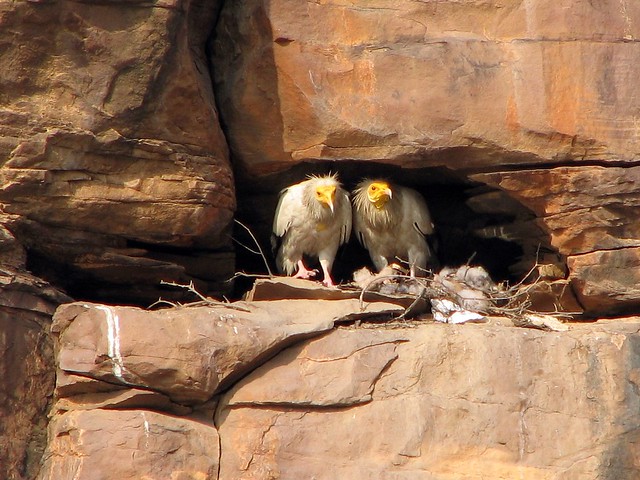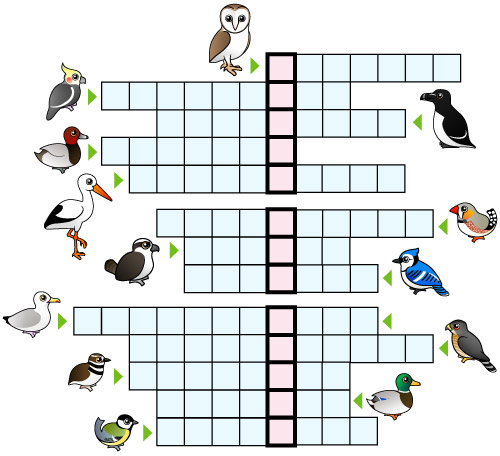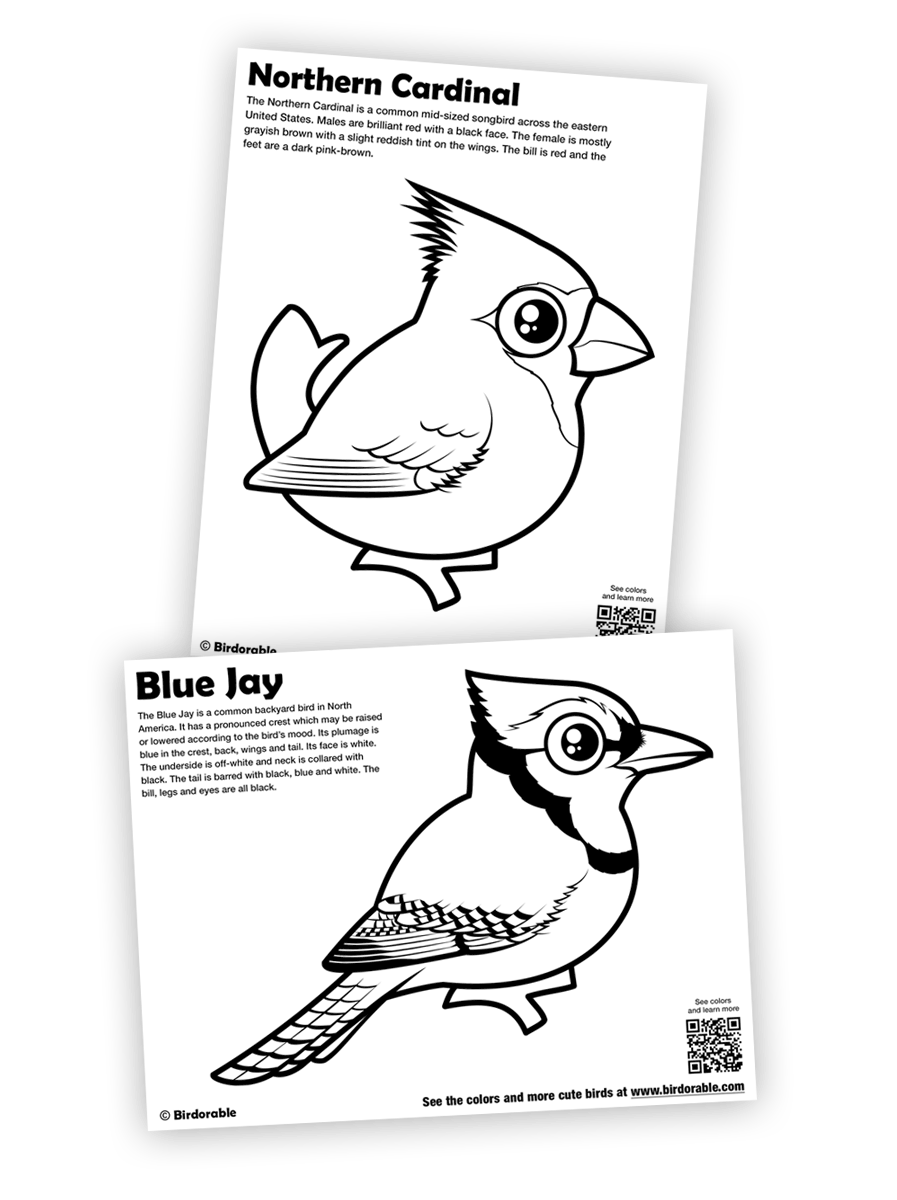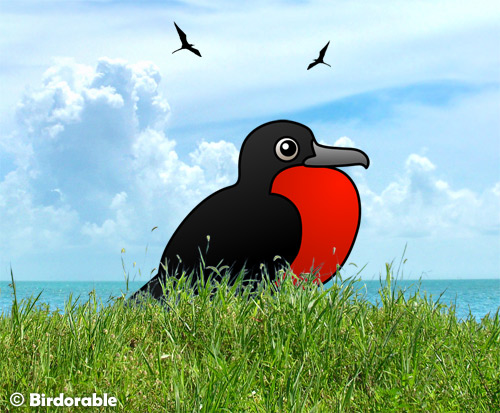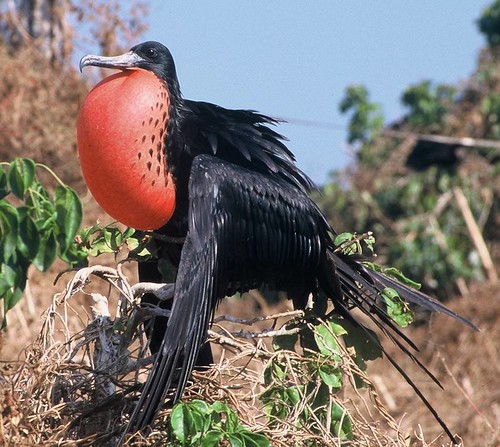
This week we've added the Black-headed Parrot to Birdorable. This beautiful short-tailed parrot can be found in South American forests north of the Amazon River and west of the Ucayali River. Together with the White-bellied Parrot, it is one of two birds in the caiques family. These birds are very social and can be found in flocks up to 30 individuals. Luckily the Black-headed Parrots is not endangered and is fairly common across its range.
This is just one of many Birdorable parrots. Check out our meet page to see them all.















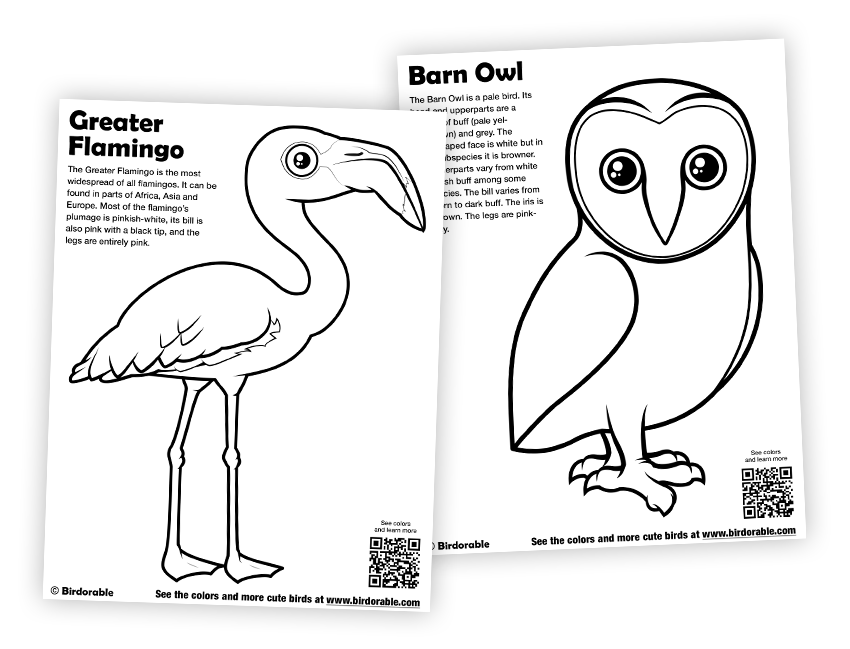



















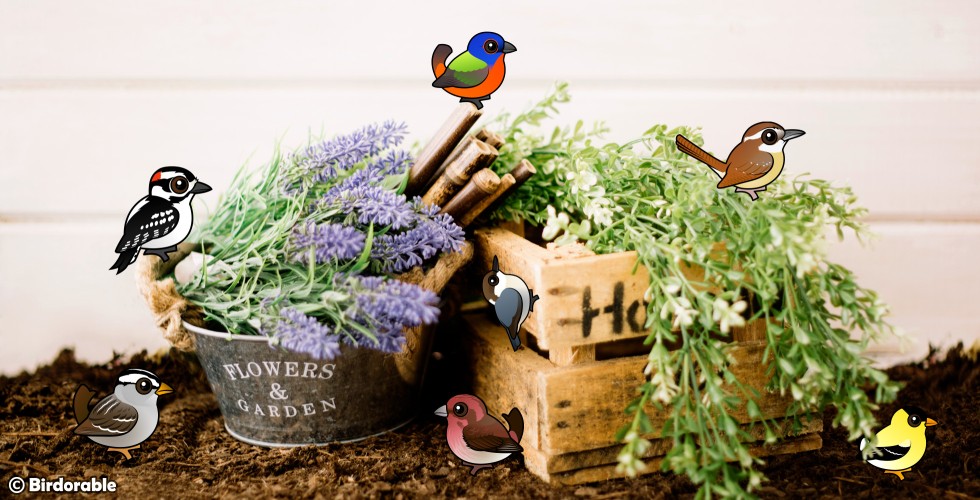









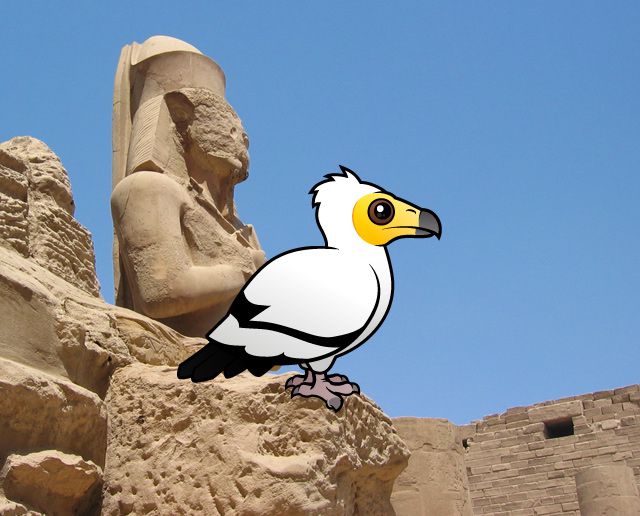
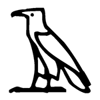 In Egypt this bird is also known as the Pharaoh's Chicken because of its relationship with Ancient Egypt's oldest deity, Nekhbet. They referred to the bird as the Mother of Mothers and it was depicted on the front of the pharaoh's crown.
In Egypt this bird is also known as the Pharaoh's Chicken because of its relationship with Ancient Egypt's oldest deity, Nekhbet. They referred to the bird as the Mother of Mothers and it was depicted on the front of the pharaoh's crown.